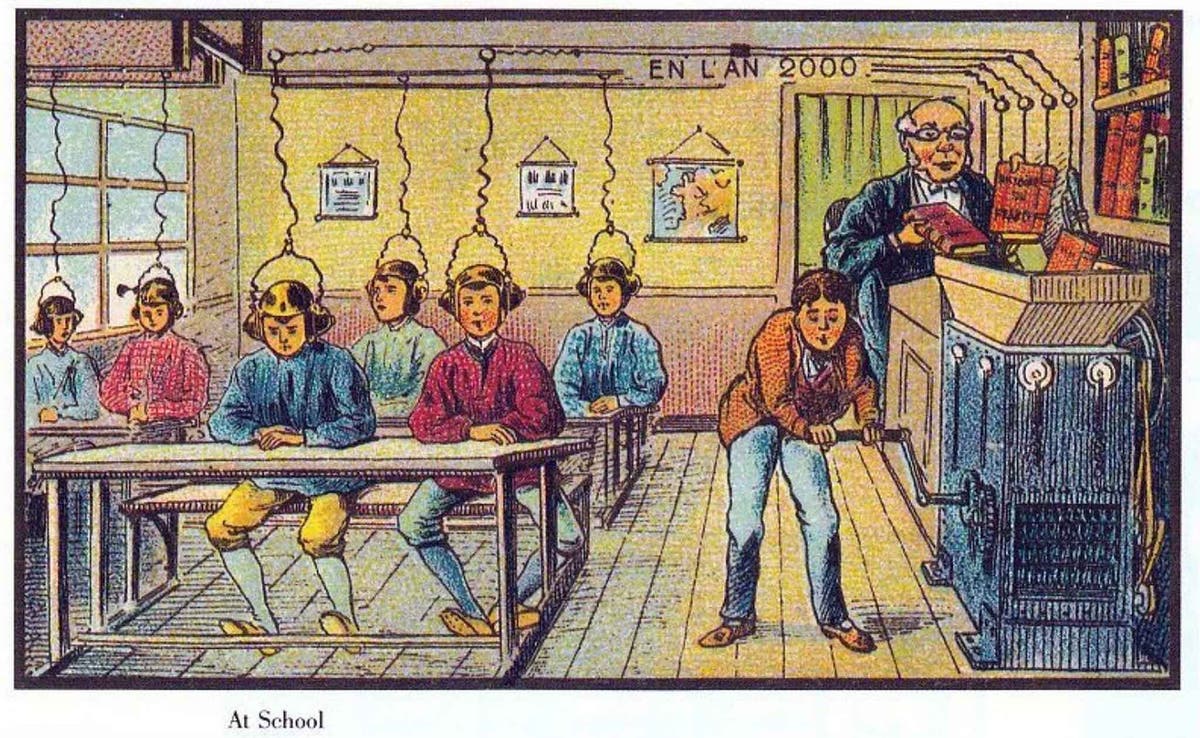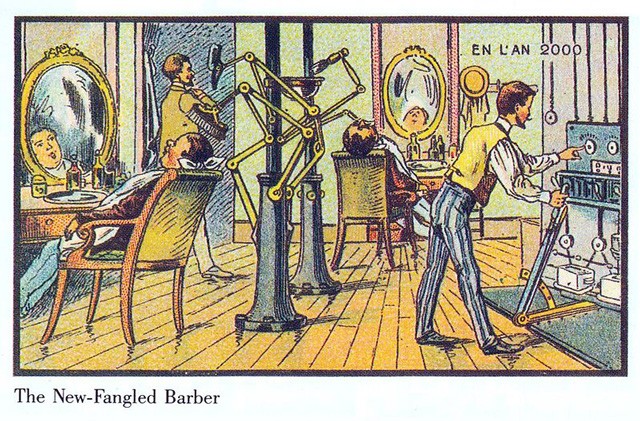First, I should make a point of saying that I have always believed writing to be conversational. When you write something, you open a conversation that remains unfinished business until you’ve heard back from your readers. I understand that this is not how a lot of people see the position of a writer, but it’s just my view, and I’ve lived by it ( — that’s why I’ve emailed all kinds of authors from John Green to Noam Chomsky). So, when I opened the second link under this week’s readings, I was pleasantly surprised to see an author continuing the conversation with his readers, in his humorous but not really condescending tone, which I appreciated very much.
Either way, maybe the author won me over with his jokes, but I feel inclined to agree more with him that with his critics. I have long harbored a slight distaste for VR/AR technologies, but I could never put a finger on where it was coming from. But the author’s “rant” offered the words I was looking for: this obsession with Pictures Under Glass genre of technology feels like a disservice to the human glory. They simply do not engage the full potential for interaction that humans possess, and by being such limited creations, they fall short of being tools that “fit the person”. It’s like giving a lumberjack a butterknife to chop down a tree. The lumberjack will probably just do his job with the knife because that’s all he has, but the creators in his society owe it to him that they start thinking in the general direction of a chainsaw instead of how to make the butter knife more aerodynamic. Simply because the lumberjack is capable of so much more.
I can’t trace how we ended up here, though. There are paintings from the year 1900 predicting how life in the 21st century would look like. Just a few generations ago, people were expecting so much more than just thin LCDs or holographic interaction panels. But somehow, someone along the way popularized these so called Pictures Under Glass technologies, and now we’re in this strange limbo.

There’s this short film from 1967, called 1999 A.D., which shows the life of a family in the future. It predicted many of the things that we have today: cell phones, email, and online shopping. However, these technologies are depicted in very different forms than how we know them today. For example, to reply to an electronic mail, the father has to handwrite his response on a machine with a glossy surface to write on. When the mother wants to go shopping, she turns some knobs on her “fingertip shopping” machine and she’s tuned into a real retailer, where a camera automatically scans across items for sale. These predictions are now fun to look at, with the knowledge that specialized, bulky machines for emailing or remote shopping isn’t the most convenient or realistic way to go. Still, it just goes to show that at some point in history, humans did have the vision to create more dynamic mediums of interaction “that we can see, feel, and manipulate,” but it seems that we have since gone astray.

